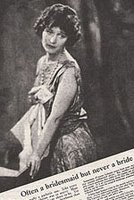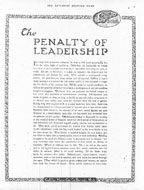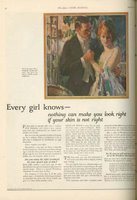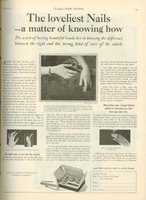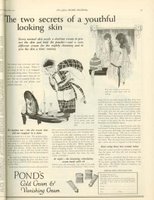 A warm welcome to my new batch of Copywriting learners.
A warm welcome to my new batch of Copywriting learners.In this course we will learn from 6 of the greatest copywriters of all times: Helen Lansdowne-Resor, Claude Hopkins, Bruce Barton, Rosser Reeves, David Ogilvy & Leo Burnett. For some background reading read this article from Randall Rothenberg. It gives you a grand overview of advertising history.
We will look at their style of writing, their contributions to the ad industry; what makes them so outstanding. We will analyse their ads and comment about how they use language to communicate meaning, their layouts, font & typeface used and personalised styles.
We will also see how headlines are used to grab attention; they should have a usp or product benefit.
Please feel free to leave your comments here & ask any questions you may have as I enjoy feedback from my students. I hope by the end of this course each of you will appreciate looking at ads & know how to analyse them; critically and for its value.
Have fun looking, searching & learning through the links here!
All the information has been arranged under the copywriters' labels here. So just click on the writer's name for additional explanation and research. I will continue to post updates for you each week, usually on fridays or saturdays. Take care.


















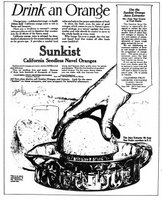
 Step 1: Go to 'Labels'. Select the copywriter you want to comment on. Click on the writer's name. Read and understand the materials/comments or hyperlinks there. Scroll all the way down. Select any point/s you find interesting. Formulate your own opinions; do you agree/disagree? Give examples. Draft your writing.
Step 1: Go to 'Labels'. Select the copywriter you want to comment on. Click on the writer's name. Read and understand the materials/comments or hyperlinks there. Scroll all the way down. Select any point/s you find interesting. Formulate your own opinions; do you agree/disagree? Give examples. Draft your writing.
